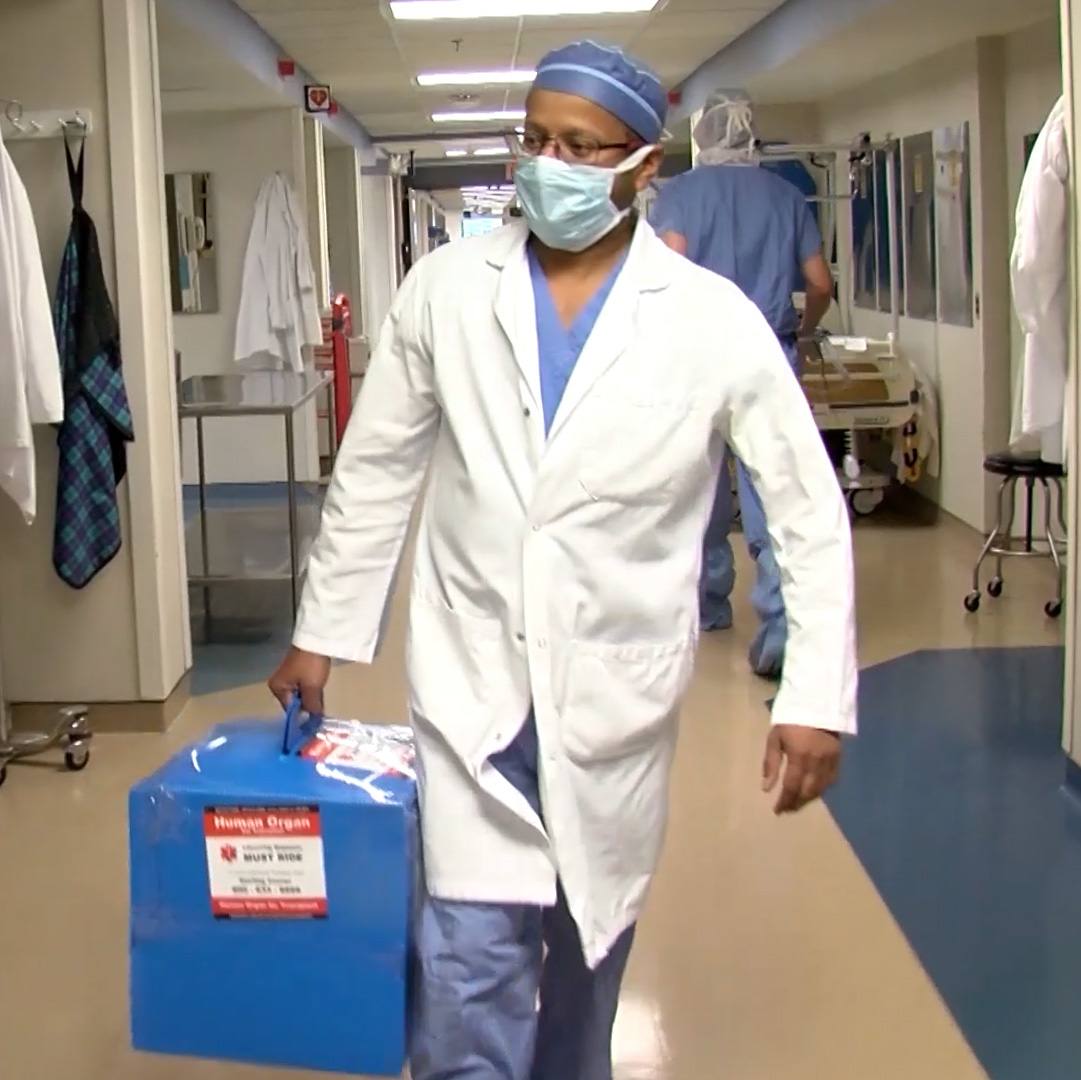-
Featured News
Home Remedies: Fighting the flu
Influenza (flu) viruses travel through the air in droplets when someone with the infection coughs, sneezes or talks. You can inhale the droplets directly, or you can pick up the germs by touching an object where the droplets have landed, such as a telephone or computer.
Symptoms
Initially, the flu may seem like a common cold with a runny nose, sneezing and sore throat. But colds usually develop slowly, whereas the flu tends to come on suddenly. And although a cold can be a nuisance, you usually feel much worse with the flu.
Common signs and symptoms of the flu include:
- Fever over 100.4 F (38 C)
- Aching muscles, especially in your back, arms and legs
- Chills and sweats
- Headache
- Dry, persistent cough
- Fatigue and weakness
- Nasal congestion
- Sore throat
- Diarrhea and vomiting in children
Lifestyle and home remedies
If you do come down with the flu, these measures may help ease your symptoms:
- Drink plenty of liquids. Choose water, juice and warm soups to prevent dehydration. Drink enough so that your urine is clear or pale yellow.
- Rest. Get more sleep to help your immune system fight infection.
- Try chicken soup. It's not just good for the soul. It's thought that chicken soup can help break up sinus congestion.

- Consider pain relievers. Use an over-the-counter pain reliever, such as acetaminophen (Tylenol, others) or ibuprofen (Advil, Motrin IB, others), to combat the achiness associated with influenza. Remember pain relievers may make you feel more comfortable. but they won't make your symptoms go away any faster. They may also have side effects. Don't give aspirin to children or teens because of the risk of Reye's syndrome, a rare but potentially fatal condition.
Causes
Flu viruses travel through the air in droplets when someone with the infection coughs, sneezes or talks. You can inhale the droplets directly, or you can pick up the germs from an object — such as a telephone or computer keyboard — and then transfer them to your eyes, nose or mouth.
People with the virus are likely contagious from the day or so before symptoms first appear until about five days after symptoms begin, though sometimes people are contagious for as long as 10 days after symptoms appear. Children and people with weakened immune systems may be contagious for a slightly longer time.
Influenza viruses are constantly changing, with new strains appearing regularly. If you've had influenza in the past, your body has already made antibodies to fight that particular strain of the virus. If future influenza viruses are similar to those you've encountered before, either by having the disease or by vaccination, those antibodies may prevent infection or lessen its severity.
But antibodies against flu viruses you've encountered in the past can't protect you from new influenza subtypes that can be very different immunologically from what you had before.
Prevention
The Centers for Disease Control and Prevention recommends annual flu vaccination for everyone over the age of 6 months.
Each year's seasonal flu vaccine contains protection from the three or four influenza viruses that are expected to be the most common during that year's flu season. This year the vaccine is recommended as an injection only. The CDC no longer recommends nasal spray flu vaccinations because during the last three flu seasons, the spray has been relatively ineffective.

Controlling the spread of infection
The influenza vaccine isn't 100 percent effective, so it's also important to take measures such as these to reduce the spread of infection:
- Wash your hands. Thorough and frequent hand-washing is an effective way to prevent many common infections. Or use alcohol-based hand sanitizers if soap and water aren't readily available.
- Contain your coughs and sneezes. Cover your mouth and nose when you sneeze or cough. To avoid contaminating your hands, cough or sneeze into a tissue or into the inner crook of your elbow.
- Avoid crowds. Flu spreads easily wherever people congregate — in child care centers, schools, office buildings, auditoriums and public transportation. By avoiding crowds during peak flu season, you reduce your chances of infection. And, if you're sick, stay home for at least 24 hours after your fever subsides so that you lessen your chance of infecting others.
When to see a doctor
Most people who get the flu can treat themselves at home and often don't need to see a doctor.
If you have flu symptoms and are at risk of complications, see your doctor right away. Taking antiviral drugs within the first 48 hours after you first notice symptoms may reduce the length of your illness and help prevent more-serious problems.
Related Articles








